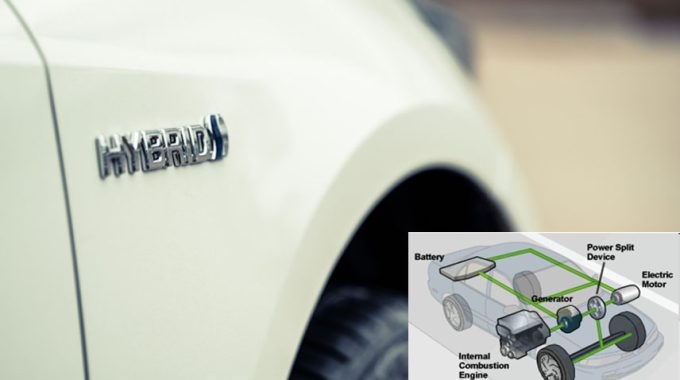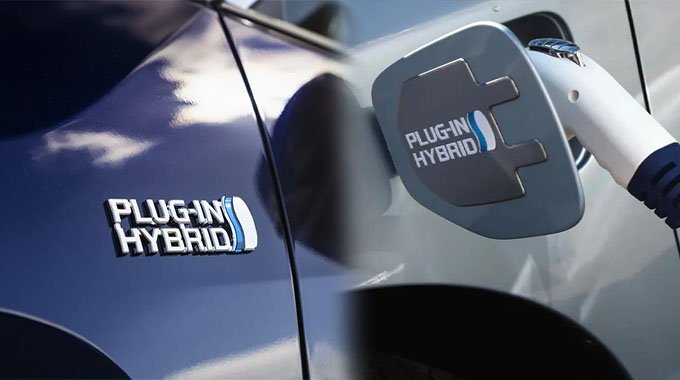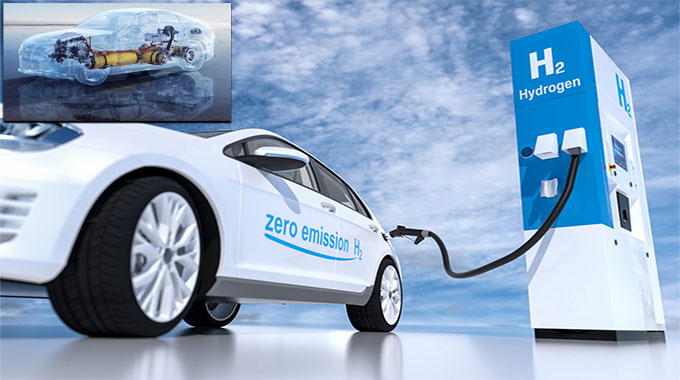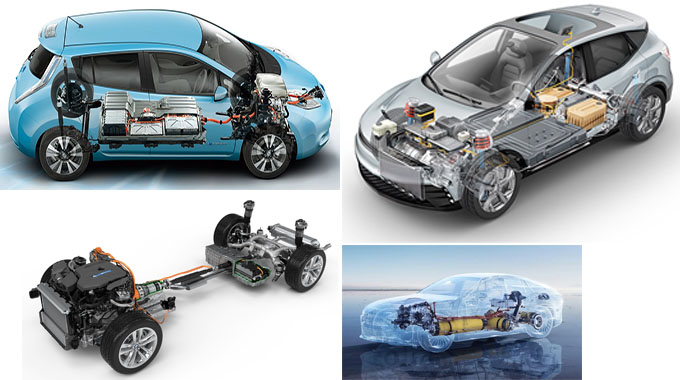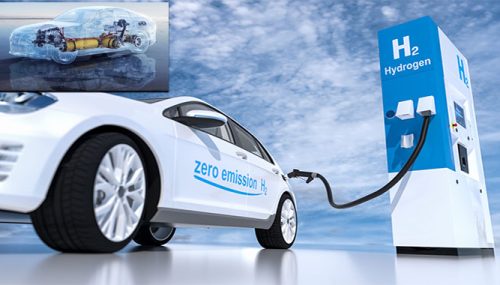Embracing Efficiency with Hybrid Electric Vehicles (HEVs)
In the ever-evolving landscape of automotive technology, Hybrid Electric Vehicles (HEVs) have emerged as a transformative solution that bridges the gap between traditional gasoline engines and fully electric vehicles. HEVs combine the best of both worlds, seamlessly integrating electric motors with internal combustion engines. In this article, we explore the innovative features, benefits, and environmental advantages that make Hybrid Electric Vehicles a compelling choice for modern drivers.
The Power of Synergy: How HEVs Work
At the heart of every Hybrid Electric Vehicle is a sophisticated powertrain that harnesses the synergy between an internal combustion engine and one or more electric motors. Unlike fully electric vehicles, HEVs do not need to be plugged in for charging. Instead, they use regenerative braking and the internal combustion engine to recharge the battery, ensuring a constant supply of electric power. This dynamic combination allows HEVs to optimize fuel efficiency and reduce emissions.

